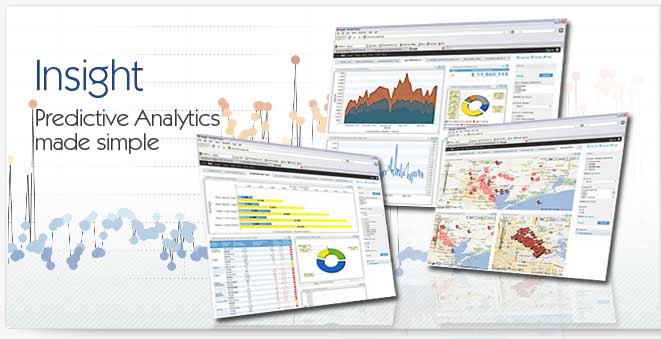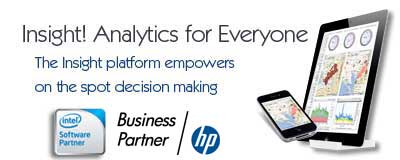Data Migration
Data migration is the movement of data between systems or storage mediums. Data migration is often programmed or done automatically and in some cases it's still performed manually. The automation of data migration is a well establish practice that involves the use of data integration tools. Data migration through data integration is one of the easiest and most cost effective means of moving large amounts of data reliable between two systems. The most frequent uses of data migration are the consolidation of multiple systems and the movement of data from legacy systems to their replacements - as is the case when a company purchases a new ERP system to replace an existing one
Planning your Data Migration
In order for any data migration project to be successful, there is a high degree of planning that has to take place. Before embarking on the project you will need to analyze the source system as well as the target system to ensure that the data migration maps cover all the data elements you will need to transport. As you begin the planning phase of your data migration process you should consider what data you might not want to migrate to your new system. Data migration projects are ideal times to simplify and eliminate data elements that have become redundant or are no longer needed.
Phases of Data Migration
Data migration will take place in phases. The first phase is the creation of data integration maps that will extract data from the source system and load the data to the target system. During this process you may want to build some validation in the tool to check for data consistency and to verify the data is being moved correctly to the target system. Regardless of how much care you put into the data migration planning you will still want to perform several test migrations to check the consistency of your maps and to ensure that no errors are performed during the data migration process. Because of all of the steps involved in data migration it will be critical to enlist the help of experts who understand the systems you are migrating from and migrating to. Having access to this level of expertise could be the difference between a successful data migration and failure.
The Alternative to Data Migration
One alternative to data migration that is becoming quite popular is emulation - where the legacy system is simply run alongside the new system. The challenge with such an approach of course is that legacy data does not get moved to the new system, requiring employees to learn and operate two systems in order to gain a complete view of the necessary data. While there are cost considerations involved, most companies eventually see the long-term benefits of data migration and proceed down the path in order to achieve greater business productivity and in order to reduce costs.
Selecting your Data Migration Tools
Once you have made a decision to embark on the path of data migration there are a few key aspects in selecting your data migration tools. First you should ensure that you are talking to a data migration provider that address a company of your size. There are many data migration tools on the market and ensuring your provider is focused on companies like yours is a key first step. Second, you should consider whether you will be performing the data migration in-house or through outsourcing. Once again, selecting the right vendor might mean having access to a company that can help you with both aspects of data migration. Finally you should consider support. With data migration tools it's especially critical to ensure the company you are dealing with can help you overcome problems and questions.
|



